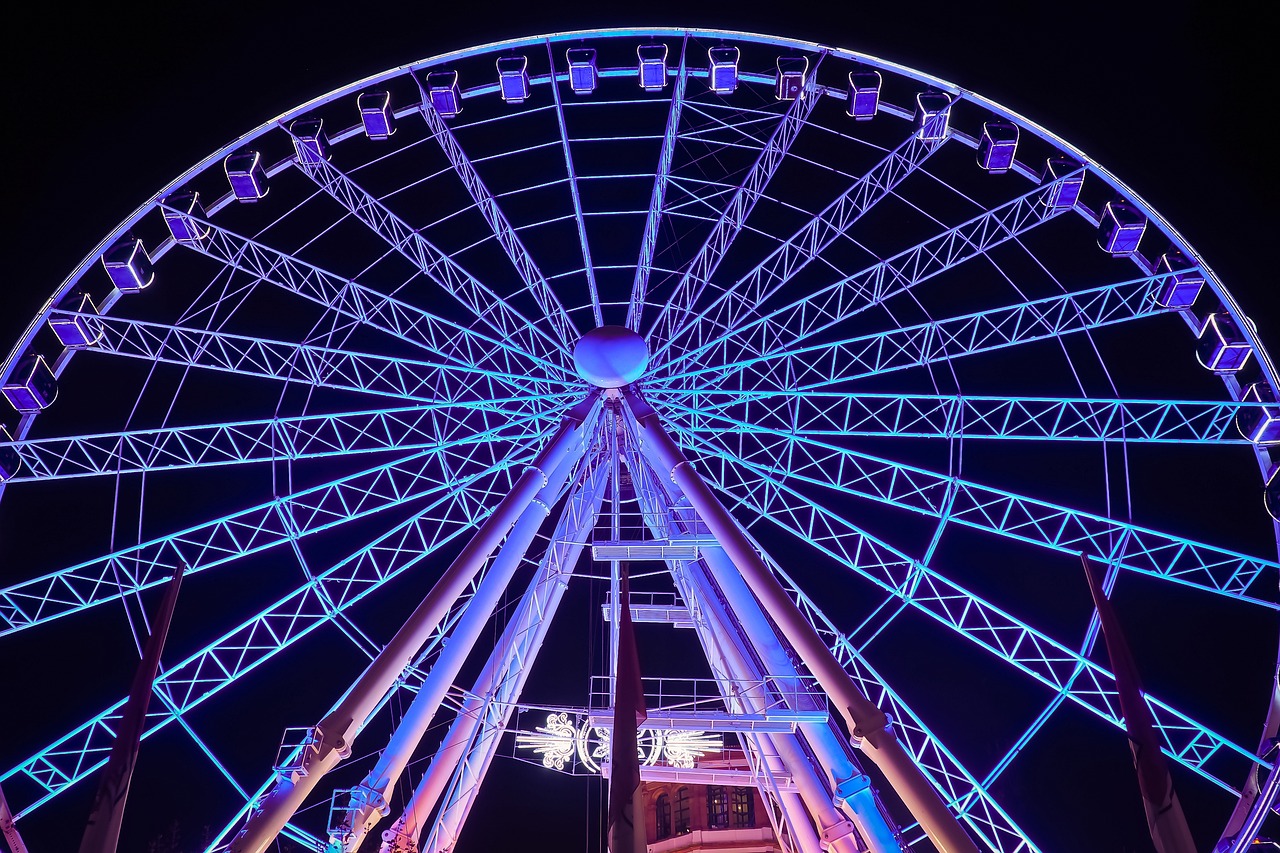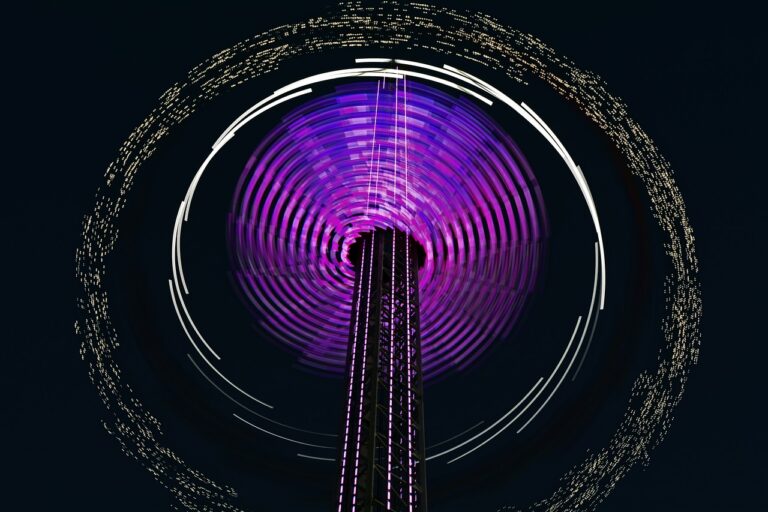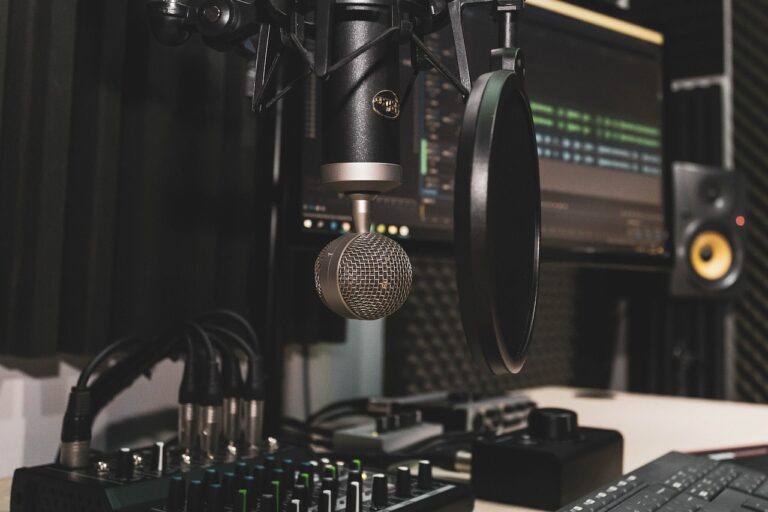The Resurgence of Vinyl Records in the Digital Era
Vinyl records have been experiencing a resurgence in popularity in recent years, with sales steadily increasing and a renewed interest in the nostalgic format. Music enthusiasts are drawn to the tactile experience of vinyl, from carefully selecting a record to placing it on a turntable and hearing the distinct crackle of the needle touching the grooves. This tangible connection to the music allows listeners to engage more deeply with the album as a whole, fostering a more immersive and intimate listening experience.
Additionally, the appeal of vinyl records lies in the quality of sound they offer. Many audiophiles argue that the warmth and depth of sound produced by vinyl surpasses that of digital formats, such as streaming services or CDs. The analog nature of vinyl records captures nuances and details in the music that may be lost in digital compression, providing a richer and more authentic listening experience for music lovers seeking a more organic and authentic sound.
• Vinyl records provide a tactile experience for music enthusiasts
• The distinct crackle of the needle touching the grooves adds to the nostalgia
• Listening to vinyl allows for a more immersive and intimate experience
• Audiophiles argue that vinyl offers a warmer and richer sound quality compared to digital formats like streaming services or CDs
• The analog nature of vinyl captures nuances in the music that may be lost in digital compression
The Appeal of Tangible Music
Vinyl records have surged back into popularity in recent years, capturing the hearts of music enthusiasts worldwide. The tangible aspect of vinyl, with its large format and physical presence, provides a sensory experience that digital music simply cannot replicate. Holding a vinyl record, carefully placing it on a turntable, and delicately lowering the needle creates a ritualistic experience that adds a layer of intimacy to the act of listening to music.
Moreover, the aesthetics of vinyl records are a significant draw for many collectors. Album art displayed on a 12-inch cover allows for intricate designs and detailed artwork that often captivate listeners before they even hear a single note. The surfaces of vinyl records themselves are not just black discs but intricate spirals of grooves that symbolize the physical embodiment of the music contained within. This fusion of music and art elevates the overall experience of listening to vinyl records, making it a multi-sensory journey for music lovers.
Nostalgia and Sentimentality
Vinyl records evoke a sense of nostalgia that transcends generations. The crackling sound as the needle drops, the tangible connection as you flip through the album art—it all triggers memories of a simpler time, a time when music was cherished in a different way. For many, vinyl records symbolize a bygone era of sitting down with a record player, immersing oneself in the music, and savoring each track with undivided attention.
The sentimental value attached to vinyl records goes beyond just the music itself. Owning a physical copy of an album allows for a deeper connection with the artist and their work. The process of carefully handling the record, placing it on the turntable, and deliberately listening to each song creates a genuine and intimate music experience. In a world saturated with digital convenience, the act of playing a vinyl record taps into our desire for something authentic and meaningful in a way that digital music streaming cannot replicate.
Why are vinyl records making a comeback?
Vinyl records are experiencing a resurgence due to the appeal of their warm sound quality, the physical interaction of playing a record, and the nostalgia associated with collecting music in a tangible format.
What is the appeal of tangible music?
Tangible music, such as vinyl records, CDs, and cassette tapes, offers a physical connection to music that streaming services cannot replicate. Many people enjoy the experience of flipping through record bins, reading album artwork, and carefully placing a needle on a record.
How does nostalgia and sentimentality play a role in music consumption?
Nostalgia and sentimentality can play a significant role in how people consume music. Listening to favorite songs from the past can evoke memories and emotions, making music a powerful tool for connecting with the past and creating new memories.







